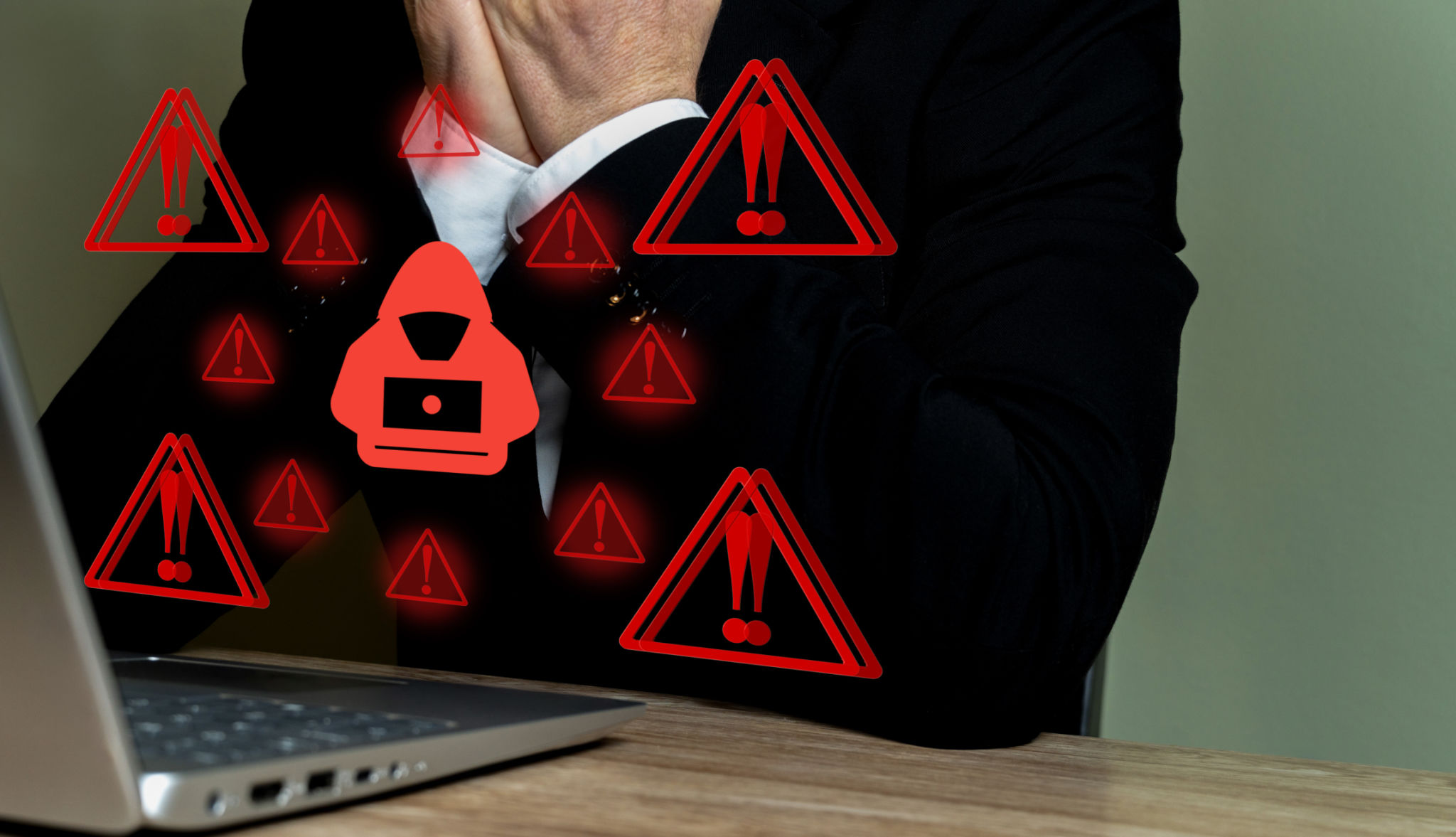A Step-by-Step Guide to Implementing Cyber Risk Management in Small Businesses
Understanding Cyber Risk Management
In today's digital age, even small businesses are not immune to cyber threats. Implementing a robust cyber risk management strategy is essential to protect your business from potential attacks, data breaches, and financial losses. This guide will walk you through the necessary steps to ensure your small business is prepared to tackle cyber risks effectively.

Identify Your Assets and Risks
The first step in implementing cyber risk management is to identify your business's critical assets, such as customer data, financial records, and intellectual property. Once identified, assess the potential risks associated with these assets. Consider factors like data storage locations, access points, and third-party service providers. Understanding these risks will help you prioritize areas that require immediate attention.
Conduct a Risk Assessment
Perform a comprehensive risk assessment to evaluate the likelihood and impact of potential cyber threats on your business. This involves identifying vulnerabilities in your current IT infrastructure and processes. Use tools like vulnerability scanners or hire a cybersecurity expert to provide insights into potential weaknesses. A detailed assessment will form the foundation for your cybersecurity strategy, allowing you to allocate resources effectively.

Develop a Cybersecurity Policy
Creating a formal cybersecurity policy is crucial for establishing guidelines on how your business will manage and respond to cyber threats. This policy should outline security protocols, employee responsibilities, data protection measures, and incident response plans. Ensure that the policy is communicated across the organization and that all employees are trained on its implementation.
Implement Security Measures
Based on your risk assessment, implement appropriate security measures to mitigate identified risks. These may include:
- Installing firewalls and antivirus software
- Implementing data encryption and secure backup solutions
- Regularly updating software and systems
- Restricting access to sensitive information based on roles
Consistently reviewing and updating these measures is important to adapt to evolving threats.

Monitor and Review Regularly
Cyber risk management is not a one-time task. Regular monitoring of your IT systems and security measures is essential to detect any suspicious activity early. Conduct routine audits and reviews to ensure that all protocols are being followed correctly. This ongoing vigilance helps maintain your cybersecurity posture and allows for timely updates to your strategies.
Create an Incident Response Plan
No system is entirely foolproof, so having an incident response plan is vital. This plan should detail procedures for responding to security breaches, including communication strategies, containment measures, and recovery steps. Ensure that all employees are aware of their roles during a cyber incident to facilitate a swift and effective response.
Educate and Train Your Employees
Your employees are on the front line of defense against cyber threats. Regularly educate them about the latest cybersecurity practices and the importance of vigilance. Conduct training sessions on recognizing phishing attempts, using strong passwords, and maintaining data privacy. Empowered employees contribute significantly to your overall cybersecurity efforts.

The Benefits of Proactive Cyber Risk Management
Implementing a proactive cyber risk management strategy not only helps protect your small business from potential threats but also builds trust with customers who value their data security. By prioritizing cybersecurity, you demonstrate your commitment to safeguarding sensitive information and maintaining the integrity of your business operations.
In conclusion, while cyber threats can be daunting, following this step-by-step guide will equip your small business with the tools necessary to manage risks effectively. Stay informed about emerging threats and continuously refine your strategies to ensure long-term protection.